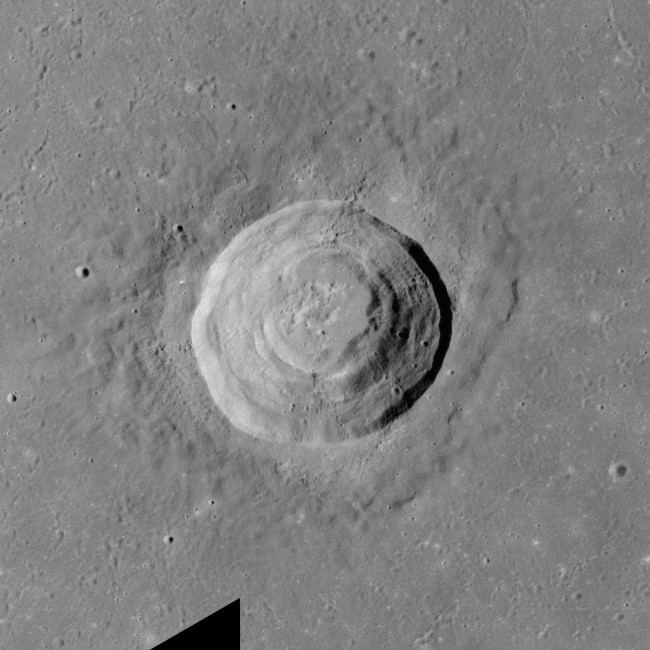Diameter 23 km Colongitude 306° at sunrise | Depth 2.4 km Eponym Jean-Félix Picard | |
 | ||
Picard is a lunar impact crater that lies in Mare Crisium. It is the biggest non-flooded crater of this mare, being slightly larger than Peirce to the north-northwest. To the west is the almost completely flooded crater Yerkes. To east of Picard is the tiny Curtis. The crater is named for 17th century French astronomer and geodesist Jean Picard.
Contents
Picard is a crater from the Eratosthenian period, which lasted from 3.2 to 1.1 billion years ago. Inside Picard is a series of terraces that seismologists have attributed to a collapse of the crater floor. The lowest point on the crater floor is approximately 2000 metres below its rim. It has a small hill at the center.
Satellite craters
By convention these features are identified on lunar maps by placing the letter on the side of the crater midpoint that is closest to Picard.
The following craters have been renamed by the IAU.
